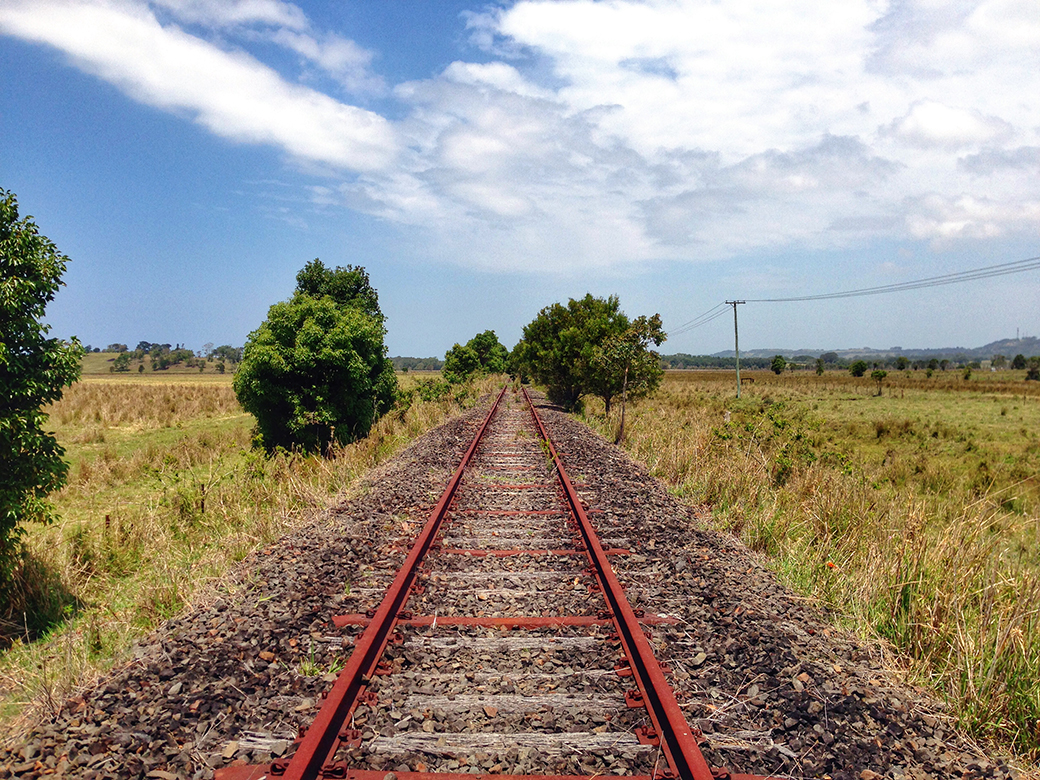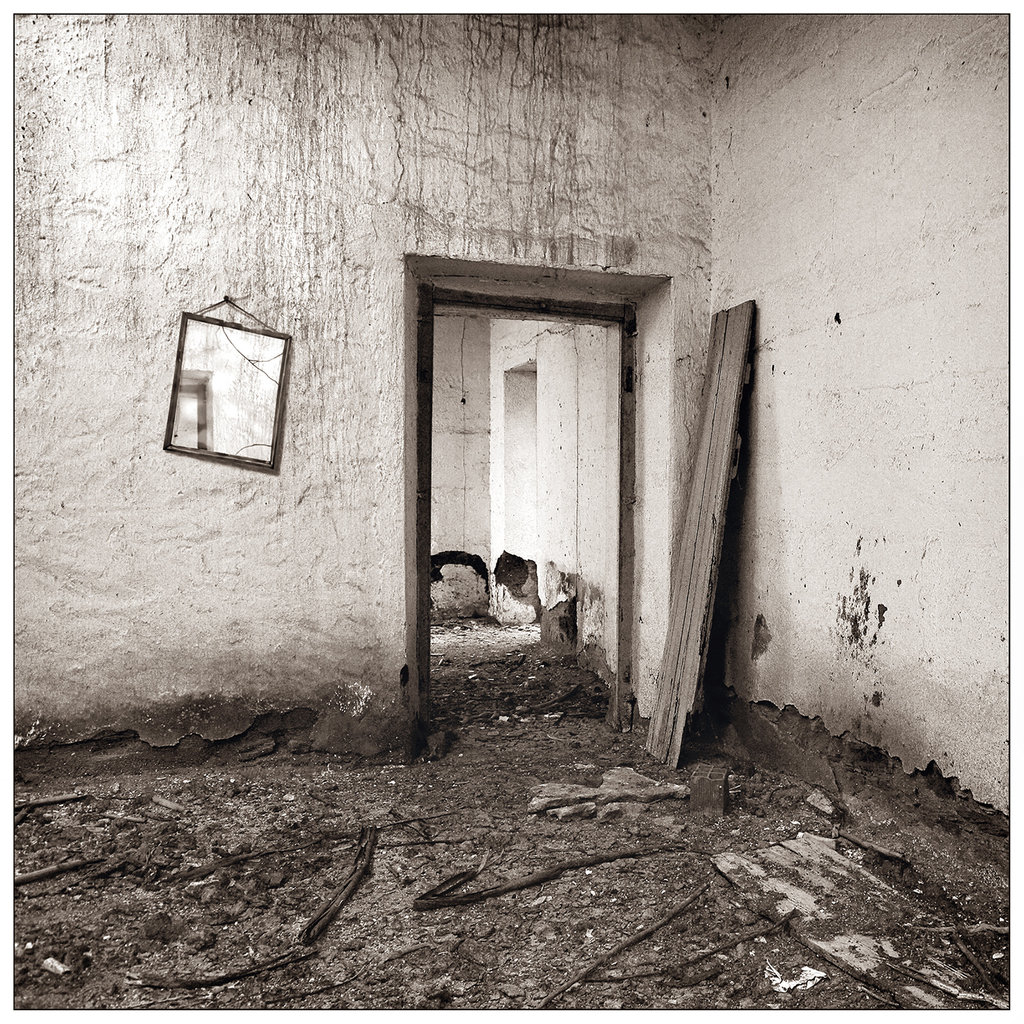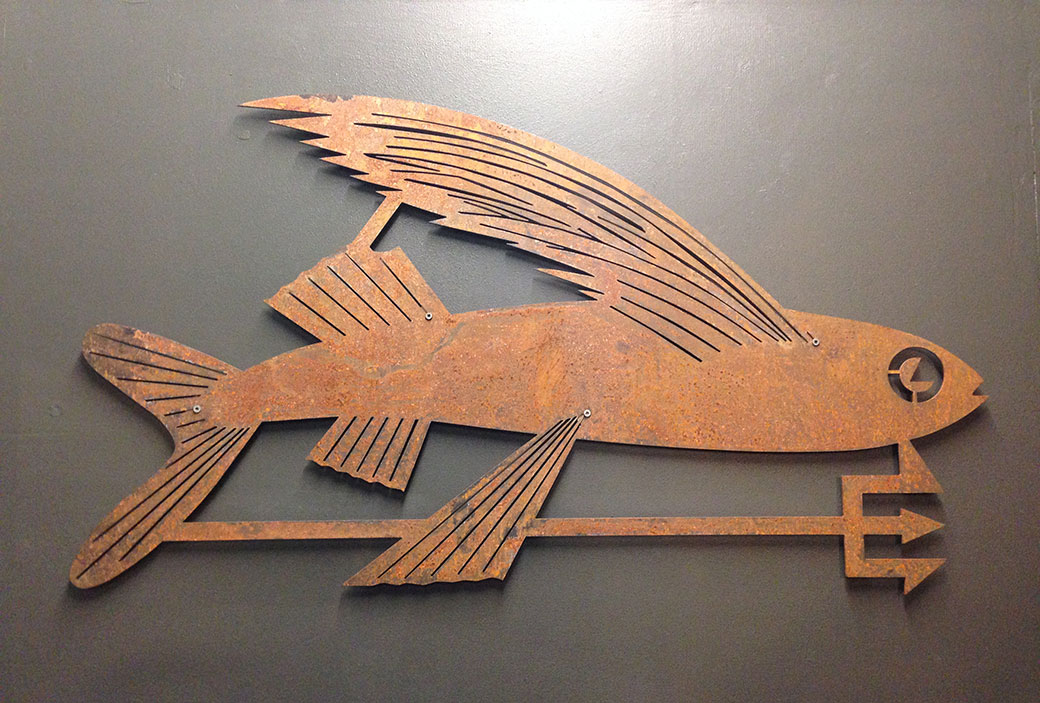
I WALK THE LINE
Perhaps it’s my childhood love of the movie Stand By Me but there is something about train tracks that has always fascinated me. Their gossamer lines trail of into the distance, glistening in the sunshine and leading through land rarely seen to endless destinations.
The Casino to Murwillumbah rail line closed down almost a decade ago now, and since that time I have had an overwhelming desire to trace it’s forgotten path on foot. A couple of futile attempts – from my home in Ocean Shores through to Mullumbimby – ended in lacerated shins and a prolific and impassable entanglement of lantana.
But, undeterred, I continued my quest, and found accomplishment in the track joining Mullum with Byron Bay and with it an epiphany of possibilities and potential.
The Casino – Murwillumbah rail link closure has always been steeped in controversy. Trains On Our Tracks (TOOT) was established soon after the cessation of service in 2004 in an attempt to bring back the trains, despite it’s financial unviability. It’s use, in part, for a Byron road bypass has been considered and various projects have incorporated the existing infrastructure into their planning. But nothing yet has been ratified.
The concept of converting all or part of the route into a cycle path seems to be one of the most viable options and is gaining an undercurrent of momentum and popularity.
With one car already deposited at the Byron end, we parked up in Mullumbimby and set out. Walking the line is like returning to the scene of a crime. Stations lay derelict, the echoes of rattling trolleys and bustling commuters still stained in their peeling paint. Junction levers dissolve into rust, too frail and corroded to divert the paths of spectral trains. The rivets and plates of repairs lay dormant in a permanent state of hibernation, cast aside by workmen in years past.
One day, the rumbling rattle of passing coaches could be heard in the many towns along the route, the next, only silence. Indicative of the Mary Celeste or the Bermuda Triangle, the track now serves only as a thoroughfare for animals, animated only by passing cattle, snakes and kangaroos and the slow and steady onslaught of vines and weeds.
Tracing it’s own path, a more direct route between towns, the track veers away from roads, traversing farmland, bush and wooded corners of the Shire rarely seen. On this trail, you can lose yourself, removed from civilization, departed from the noises of traffic and commerce. It can be challenging, nature’s relentless assault occasionally forming impenetrable barriers that need circumnavigating, but the route is, on the whole, still fairly clear. Sturdy shoes, plenty of water, sunscreen and an acute awareness of potential reptilian ambush are essential, as well as a spare four or five hours to traverse the 15 kilometres between Mullum and Byron, but it is well worth the effort, if only for the pure escapism.
With the development of roads and the constriction of the static tracks, rail transport is becoming redundant, an archaic system falling into decrepitude the world over. But globally, more and more of these forgotten corridors are being reclaimed, turned into cycle and footpaths and reconnecting the destinations along their course through more ecological journeying. Villages, all but forgotten when the last train passed, are now thriving, thanks an influx of ecotourism, cyclists steadily streaming silently along the redeveloped lines.
And why not? The infrastructure is there, the bridges are still in place, the tracks themselves serve as convenient containment for bitumen or gravel and the routes are gloriously traffic-free.
Minister for the North Coast, Don Page, recently stated that funding is available for a feasibility study in the development of the rail corridor, but this has split the community. On the one hand, TOOT is still holding onto the hope of the rail service recommencing in the future, on the other, the Northern Rivers Rail Trail Inc (NRRT Inc) welcoming the prospect of the existing infrastructure being utilised for a rail trail and cycle path.
“The rail trail would act as the spine that links a network of communities, regional towns and villages,” stated NRRT Inc chairperson, Pat Grier in a recent interview with the Byron Shire Echo. “It would provide the platform for economic development, new businesses and jobs for the region.”* It certainly opens the possibility of rail museums, cafes, camping grounds and other attractions along its route to cater to tourists and travellers.
Which is to be the most viable and successful solution is yet to be seen.
Walking the line is fun, affording you some peace and solitude and opening an area of Byron Shire that is so accessible yet so isolated from daily traffic, be it pedal, foot or motor. But it is impossible to not recognize the undeniable potential. From Casino to Murwillumbah, passing through, or in stone’s throw of Lismore, Bangalow, Byron, Mullum, Uki and Ocean Shores, the trail offers pollution-free, family friendly, peaceful conveyance, a convenient commute or a pleasant pastime.
So maybe, rather than rallying to get trains back on our tracks, at significant cost to tax payers, the environment and the community, the answer is to look to pedal power for the future of our railway lines. A very significant rise in tourism has been proven globally by such projects, so maybe we should swap TOOTing for BOOTing and get Bikes On Our Tracks.
*source: http://www.echo.net.au/2013/08/rail-trail-funding-announced/
– This article first appeared on Common Ground Australia on Nov 20, 2013
You May Also Like

EROSION
July 21, 2015
TAKING THE FALLS | A FALLS FESTIVAL GO-TO GUIDE
May 31, 2015






